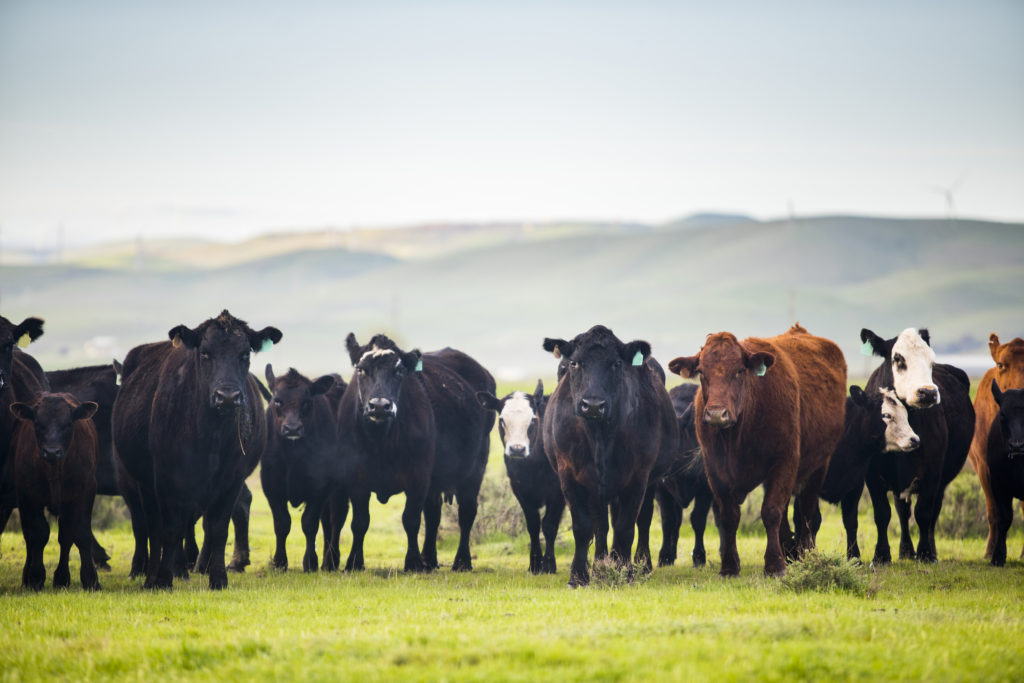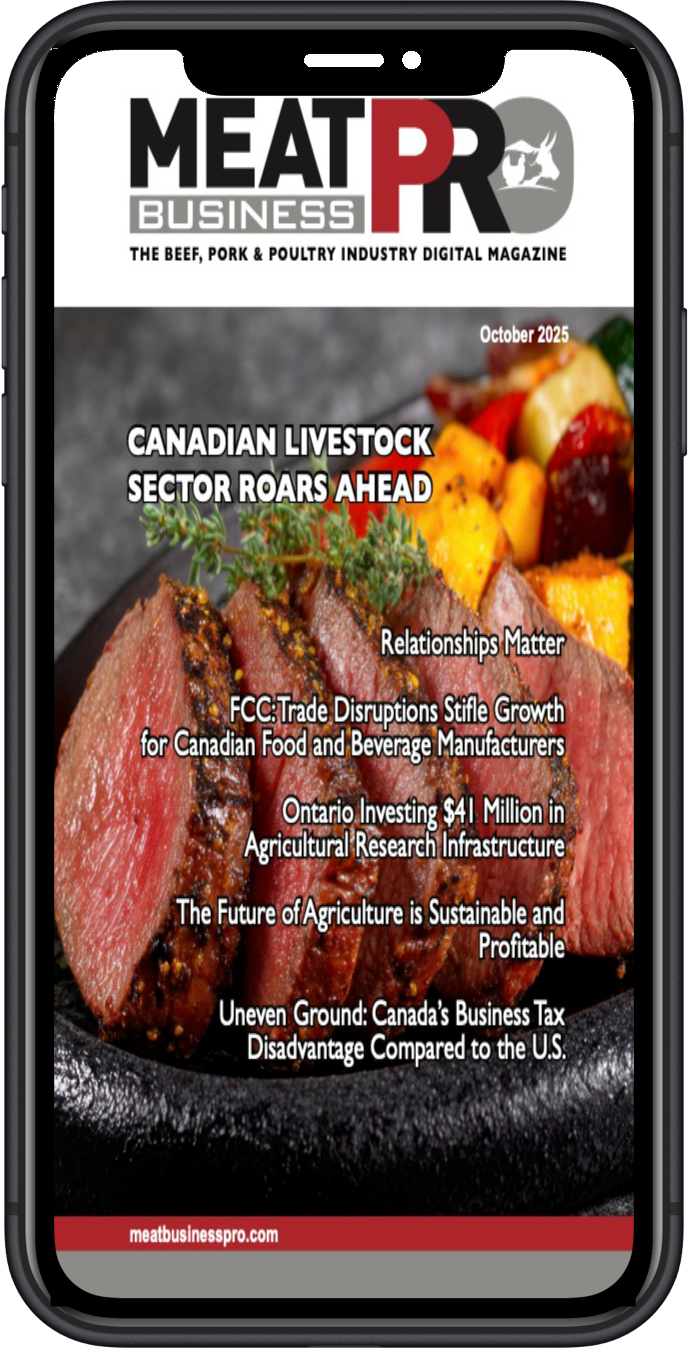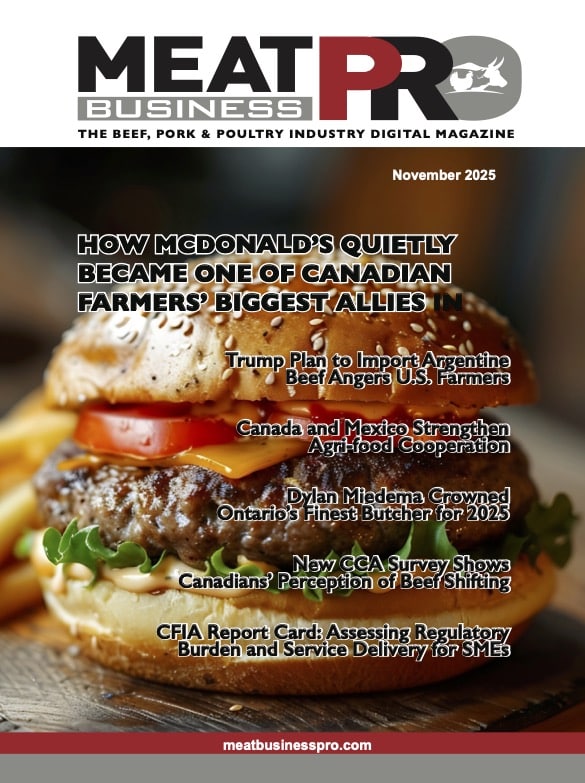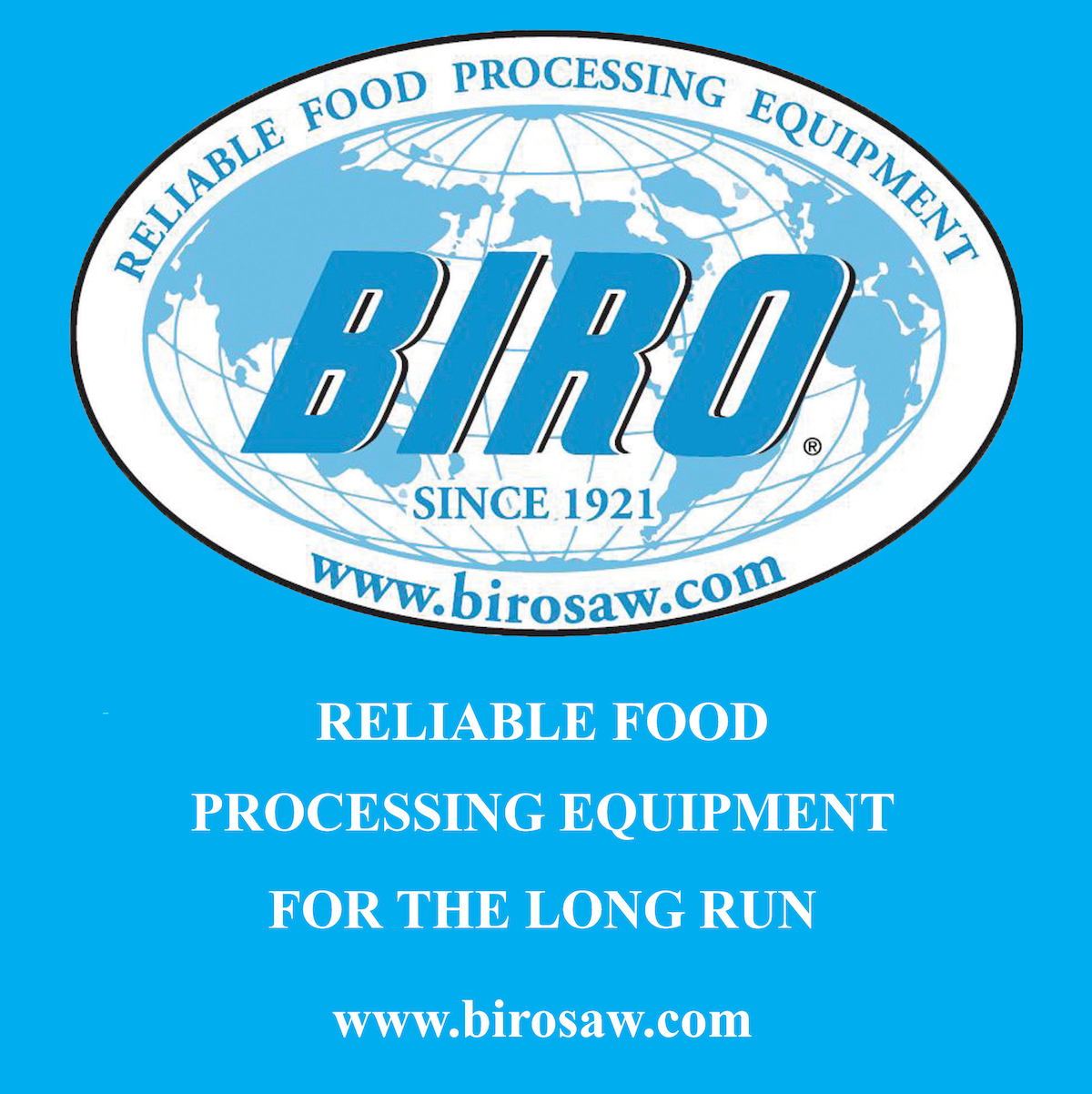The importance of biosecurity on beef and dairy farms

In the ever-expanding world of agriculture, the health of our animals is integral to our success
Efficient production, greater profits and sustainable agriculture are vital to the future of the livestock sector, and all of these are dependent on the health and vitality of our beef and dairy herds.
This is where biosecurity measures are crucial in supporting animal health. To ensure that we are keeping pathogens (disease-causing bacteria) off our farms, there must be stringent biosecurity measures in place. One simple change could mean the difference in protecting the health and the efficiency of your herd, impacting the financial success of the farm enterprise.
Farm biosecurity refers to the specific and critical measures farmers can implement to prevent disease and illness from entering their farms and spreading within or beyond the premises. These measures are paramount in supporting animal health, which underpins safe and efficient production, greater profits and the sustainable future of the livestock sector. A single breach in these protocols could allow disease to enter, impacting animal health and herd efficiency and potentially leading to extreme financial and economic disruptions for farm enterprises. Therefore, good biosecurity plans are our most efficient tool in protecting our beef and dairy farms and the agri-food sector from disease risks.
Disease impacts on cattle herds
Over recent years, we have seen a resurgence of disease outbreaks amongst our beef and dairy cattle across Europe. These diseases can only remain under control when proper biosecurity measures are in place. Illnesses like cow foot-and-mouth disease (FMD) as well as lumpy skin disease (LSD) are two examples of just how detrimental illness can be to our herds.
Foot-and-mouth disease (FMD), once known as a disease of the past, has re-emerged in early 2025, with outbreaks occurring in Europe. This illness is highly contagious and economically devastating to agriculture, as it can lead to mass herd culling; outbreaks have caused extreme financial and economic disruptions to the sector in recent years.
Symptoms of FMD include skin lesions surrounding the mouth and feet, but a full diagnosis requires specific laboratory testing which can be costly and time consuming. The disease spreads at a rapid rate through contaminated feed, direct contact and vehicle tyres. Both vaccinations and antibiotics can aid in handling outbreaks, but neither is a cure.
Lumpy skin disease (LSD) in cattle is characterized by a range of clinical signs including fever, nodules (lumps) on the skin, swelling under the skin, enlarged lymph nodes, weight loss and even emaciation, and possibly death. Transmitted by biting flies and mosquitos, it reduces milk yield, can cause sterility in bulls, and permanently damages hides. LSD has been reported in Europe as recently as June 2025. While a higher rate of vaccinated animals and the use of antibiotics can help control it, strict biosecurity plans remain essential as no definitive treatment exists.
Although both of the above illnesses can have detrimental effects on the agricultural sector, biosecurity measures can lessen the risk.
What’s involved in biosecurity?
Biosecurity refers to the measures that farmers can take to minimize the risk of disease and illness entering their farms and spreading within or beyond their farms. This promotes the safety not only of the herd, but of the agri-food sector, as it helps to prevent the entry of disease and illness into the food supply chain.
There are two forms of biosecurity: external and internal.
External biosecurity relates to building strong barriers to keep pathogens off the farm entirely. External methods include:
- Placing stringent control measures in place surrounding the entry and exit of visitors. This will lessen the likelihood of individuals carrying illness from one farm to another.
- Disinfecting the boots of anyone entering and exiting the farm.
- Disinfecting any vehicles entering and exiting the farm.
Internal biosecurity is meant to prevent the spread of pathogens within the farm. Internal methods include:
- Quarantining newly purchased animals. Remember that an animal may be asymptomatic for a disease that could nonetheless spread rapidly amongst the herd.
- Keeping equipment and housing disinfected and maintained to a high standard. Milking parlours, handling areas (crushes, head gates, sorting gates, etc.) and feeding equipment should all be disinfected as often as possible.
- Providing enough space when animals are housed indoors. This will ensure that the animals are not in too-close contact with one another.
- Providing sufficient ventilation. This means that bacteria are less likely to accumulate, and it lowers the risk of mosquitos and biting flies/insects gathering.
- Isolating any infected cattle immediately upon display of symptoms.
The role of nutrition in protecting your herd
Alongside enhanced biosecurity in dairy farms and beef farms, we can help our herds resist disease challenges by ensuring strong and balanced nutrition.
Optimal immune function in the animal requires a high standard of nutrition. Nutritional supplements such as Bioplex® trace minerals for correct mineral balance, Sel-Plex® trace minerals for antioxidant function, and Actigen® technology to enhance the gut microbiome can all help to enhance the animal’s nutritional status, which in turn reduces susceptibility to illness.
It is vital that we stay informed and up to date regarding illness on farms, not only at a local level but on a European level. This allows us to remain prepared and proactive in our approach to animal health.
Disease outbreaks such as FMD and LSD are reminders to us all of the importance of biosecurity on a farm. Good biosecurity plans can be our most efficient tool in protecting our farms and the agri-food sector from the risk of disease. One small breach in these biosecurity measures could allow disease to enter our farms. By carefully and thoroughly implementing such measures, you are ensuring not only animal health but the financial security of your farm.
About the author:
Kayla Taitz is the European marketing coordinator for Alltech. In this role, she works to support the planning, monitoring and execution of Alltech’s marketing initiatives across various European markets.
Previously, Kayla garnered hands-on experience in farming and laboratory-based settings, and she looks forward to applying her knowledge and expertise in her role at Alltech. Kayla received a bachelor’s degree in agricultural science with a focus on animal science from University College Dublin.
Originally featured in Alltech.com













